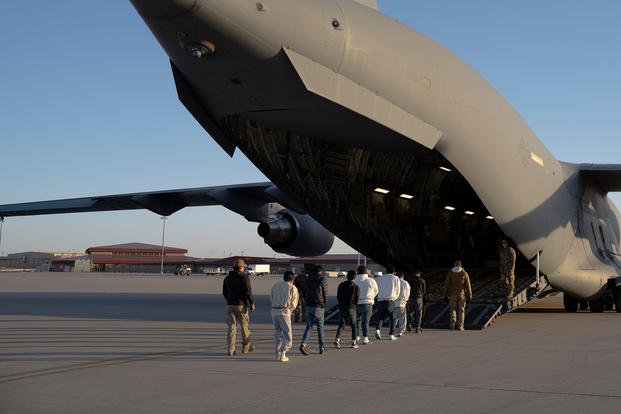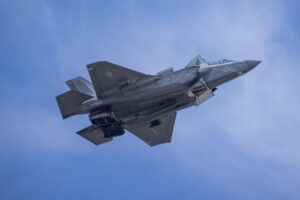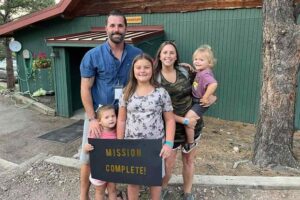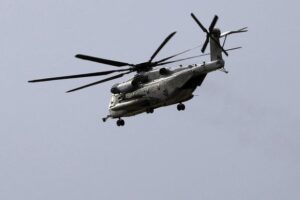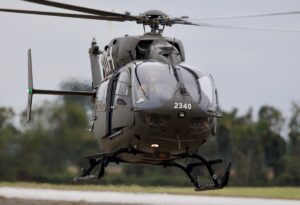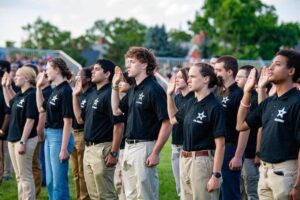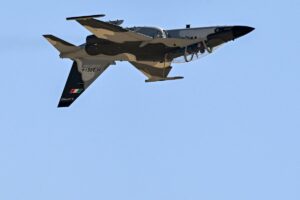As military units across the United States rush to the southern border, U.S. aircraft have already commenced deportations, following President Donald Trump’s recent directive. The rapid mobilization began after the Department of Defense’s announcement of deploying 1,500 troops.
Initially, the specifics regarding the bases and units involved were unclear. However, by Friday, U.S. Northern Command, overseeing the mission, clarified that troop numbers would vary due to rotations and additional deployments as planning progresses.
The executive order aims to reinforce the border with potentially up to 10,000 troops. An official from U.S. Northern Command noted the challenging timeline: “If you see in the executive order, the 30-day timeline for a Level 3 plan, that’s an incredibly aggressive timeline,” highlighting that such plans usually require more time to develop.
The Pentagon briefing on Wednesday detailed the initial deployment of 1,500 troops, comprising 1,000 soldiers and 500 Marines. However, the exact units had not been specified at that time. By Friday, the Marine Corps disclosed that 500 Marines from the 1st Marine Division at Camp Pendleton, California, were ready, with the possibility of increasing to 2,500 if needed.
Marines on the Move
Despite initial hesitations in sharing details, images soon emerged of Marines setting up concertina wire at the border. The White House released a video showcasing Marine Corps MV-2B Ospreys arriving at the border with U.S. Border Patrol agents present.
Reports indicated that approximately 50 Marines had reached San Diego by Thursday morning, and the remainder were prepared to move from Camp Pendleton. By Friday afternoon, all 500 Marines were stationed at the border. Two Ospreys from the 3rd Marine Aircraft Wing scouted landing zones for future operations, ensuring readiness for supply and personnel transport.
Army’s Quick Reaction Force
Plans are underway for the 82nd Airborne’s 3rd Brigade Combat Team to possibly join the border mission. Known for its rapid response capabilities, this unit has previously been deployed for significant military crises. Additionally, part of the 10th Mountain Division might serve as the headquarters for the border response.
The Pentagon has yet to confirm these deployments, though planning and assessments are ongoing. A potential road march of Stryker armored vehicles to the border is also being considered.
Air Force Repatriation Efforts
The Air Force’s involvement includes repatriation flights, with C-17 Globemaster IIIs transporting deported immigrants. One aircraft from the 60th Air Mobility Wing and another from Tucson participated in these missions, escorted by the Department of Homeland Security officers.
U.S. Transportation Command leads the Air Force’s airlift operations. “We can confirm that overnight two Air Force C-17s conducted repatriation flights from the U.S. to Guatemala,” a defense official stated, as images of these operations were shared by the Department of Defense.
This deployment is part of a broader initiative by NORTHCOM, emphasizing a comprehensive approach to securing the border across various domains, including land, maritime, air, and cyber.
— Steve Beynon contributed to this report.

